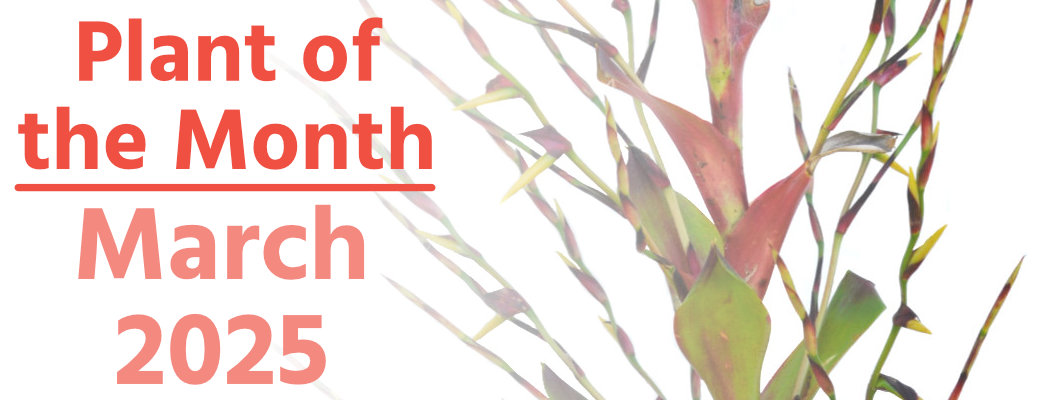
Title image above is copyright © Kristi Ellinopoullos
First published 1st March 2025
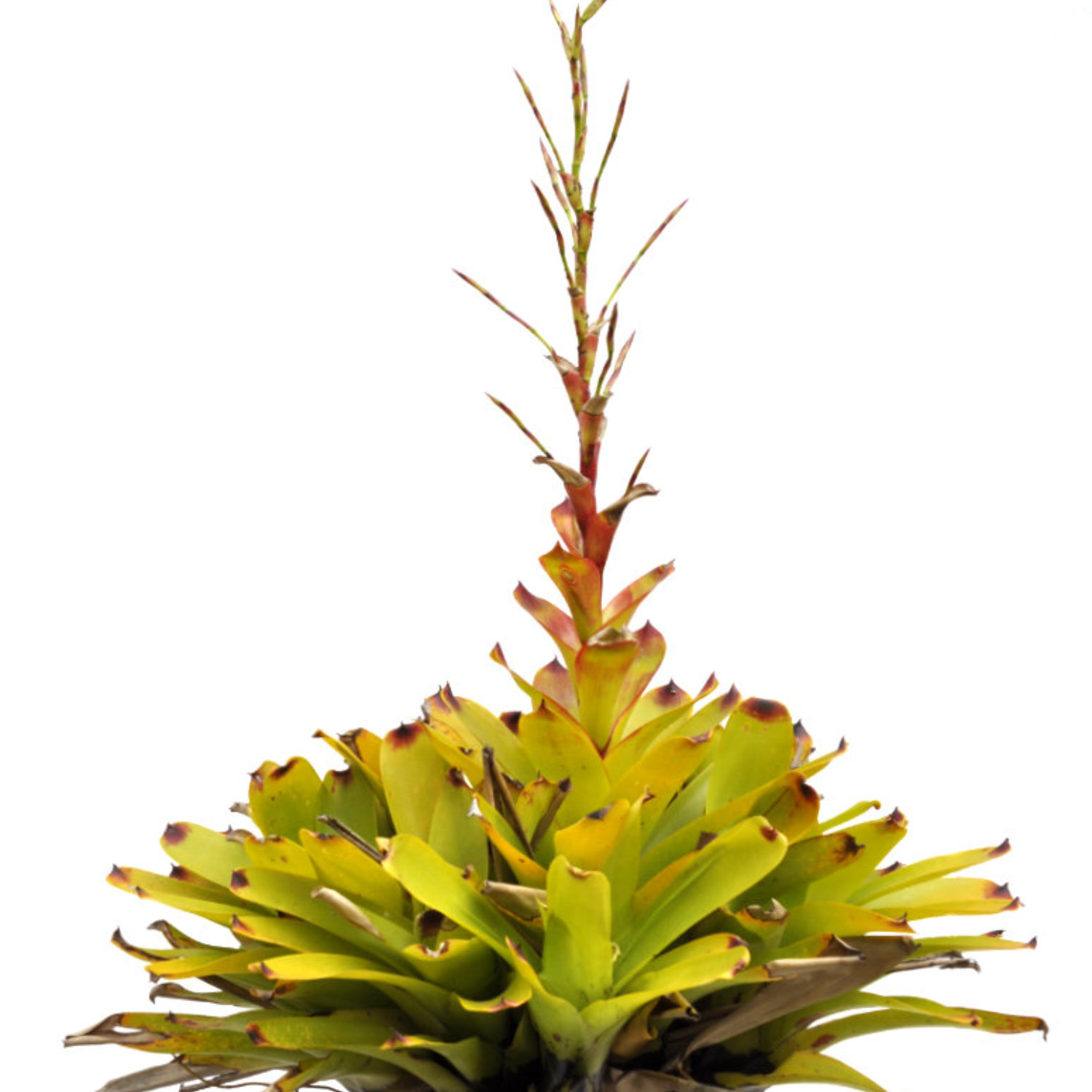
Vriesea philippocoburgii
Family: Bromeliaceae (the bromeliad family)
Genus: Vriesea (includes silver vase [urn plant])
Botanical/Binomial Name: Vriesea philippocoburgii
Meaning of Name:
Vriesea, after Willem Hendrik de Vriese, Dutch botanist and physician (1806–1862); and
philippocoburgii, possibly after Prince Philipp of Saxe-Coburg and Gotha (1844-1921)
Common Names: Vriesea philippocoburgii, Vriesea philippo-coburgi, Philippo-Coburg’s Vriesea
Botanical Characteristics: Herbaceous | Perennial | Epiphytic| Frost tender to tolerant
Propagation: Division of ‘pups’
Plant Description:
Vriesea philippocoburgii is somewhat cold-hardy. It likes part-shade to full sun. The leaves become lime-green with the rich brown tips they are famous for when grown in full sun.
An individual mature plant can be anywhere from 300-850 mm wide and from 300-600 mm high. The incredible flower spike can reach over 2 metres high.
Growing Information:
Vriesea philippocoburgii is an epiphytic plant, meaning that in the wild it would normally grow on a tree (without harming it in any way), and thus the roots are designed to attach to a surface rather than to uptake nutrients. They can still grow in pots so long as the medium is free-draining and their leaf ‘cups’ are always filled with water.
Grow this plant in full sun to develop the lime-green leaves with brown tips it is famous for. It is best fertilised with an occasional liquid fertiliser to mimic how epiphytes normally derive nutrients, which is from rotting leaf and other matter collected in the leaves.
The vivid and striking flower spikes emerge over summer and are very long-lasting.
V. philippocoburgii propagates via pups, and an individual plant will steadily multiply into several very easily. The pups are easily divided for potting on.


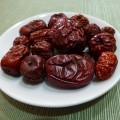
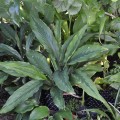


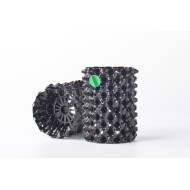

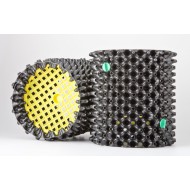
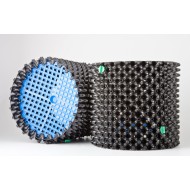
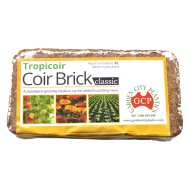
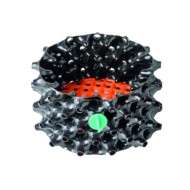
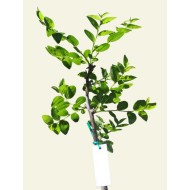
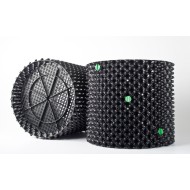
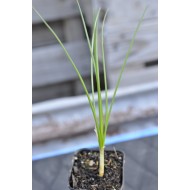
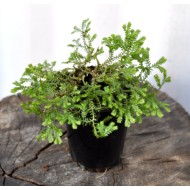
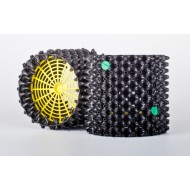
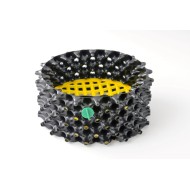
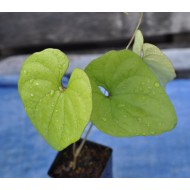
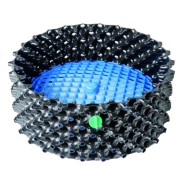
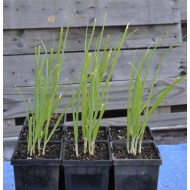

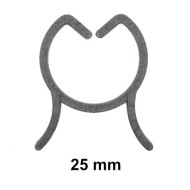
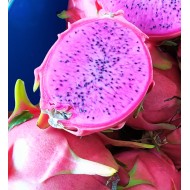

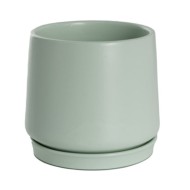
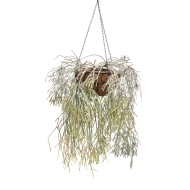
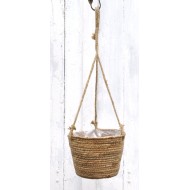

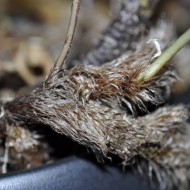
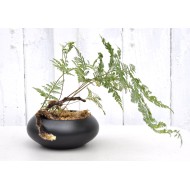

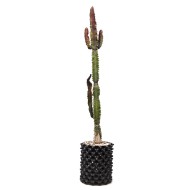
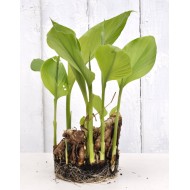
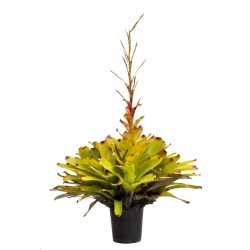

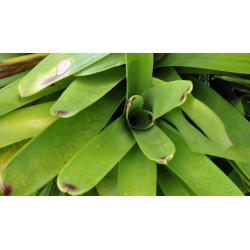
Leave a Comment